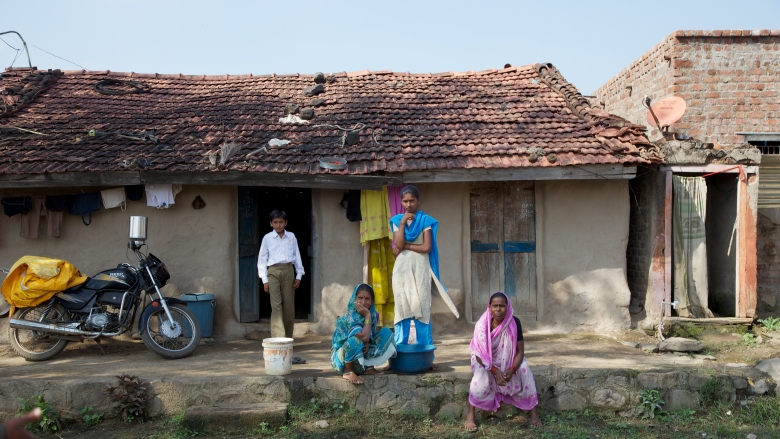A steady, safe, well-paid job is the best protection against economic hardship. But when this ideal situation is not possible, social protection programs help people become more resilient to the risks they face. Of late, there is growing enthusiasm for basic income support as a core tool for social protection in India. But income transfers cannot prepare or insure people against all shocks. Typically, a comprehensive social protection system requires three types of instruments to work together:
- Promotional instruments invest in the ability of families to survive shocks on their own –by enhancing productivity, access to job opportunities and incomes through human capital infrastructure, wage legislation, labor policies, skills training and livelihood interventions.
- Preventive instruments aim to reduce the impacts of shocks before they occur by enabling households to use their savings from good times to tackle losses in tough times. This is mainly done through social insurance programs.
- Protective instruments mitigate the impacts of shocks after they have occurred through tax-financed redistribution from the non-poor to the poor. These programs would classically be called anti-poverty measures as they target social assistance or safety net programs to the poor or destitute, whether in kind or cash.
When social protection schemes were created in India after independence, most of the country was reeling from a period of famine, de-industrialization and multiple deprivations. Half the population was chronically poor, the country had an aggregate food deficit, financial and banking networks were under-developed, growth rates were weak and technology available for program administration was rudimentary. Therefore, India’s policy makers focused almost exclusively on anti-poverty, protective instruments. But that India no longer exists, and the country’s social protection system needs to evolve and catch up with the needs of its new demography and risk profile.
Three stylized facts are important to guide this evolution:
- Despite the dramatic fall in households below the poverty line to 22 per cent, the challenge of chronic poverty remains. India shelters pockets of deep poverty and these households are geographically clustered. A significant 15% of households that were poor in 2005 remained poor in 2012.
- Inequality across locations and demographic groups has increased. In 2012, the latest year for which estimates are available, the poverty rate of six of poorest states in the country was twice that of other states. Seven low income states - Chhattisgarh, MP, UP, Odisha, Jharkhand, Rajasthan and Bihar - account for 45 per cent of India’s population but nearly 62 per cent of its poor. Within states, poverty and vulnerability remain highest amongst Adivasis. Moreover, women are largely missing from the workforce and face risks to their mobility and well-being.
- The majority of India is no longer poor. Instead, half of India is vulnerable. These are households that have recently escaped poverty with consumption levels that are precariously close to the poverty line and remain vulnerable to the risk of slipping back. Programs must ensure that those who’ve escaped poverty are able to sustain improvements.

